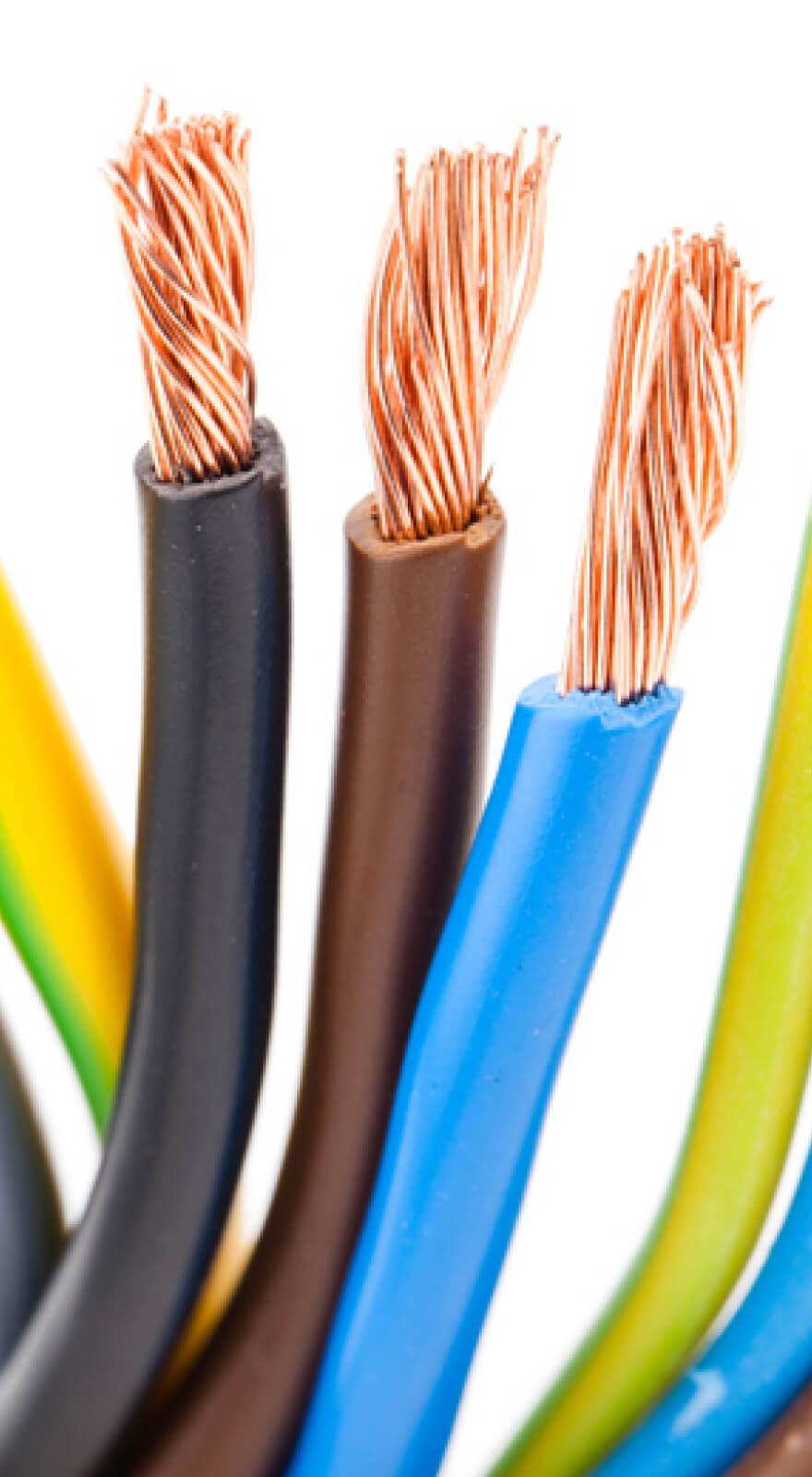Knowde Enhanced TDS
Identification & Functionality
- Polymer Name
- Plastics & Elastomers Functions
- Technologies
- Product Families
Features & Benefits
- Labeling Claims
- Materials Features
- Key Characteristics
Low smoke, low toxicity, halogen free, flame retardant crosslinkable compound for use on both layers of photovoltaic cables.
Applications & Uses
- Markets
- Cure Method
- Plastics & Elastomers Processing Methods
Properties
- Appearance
- Pellets
- Mechanical Properties
- Physical Properties
- Electrical Properties
- Fire & Smoke Properties
- Low Temperature Properties
- Thermo-Mechanical Properties
| Value | Units | Test Method / Conditions | |
| Elongation at Break | 220 | % | IEC 60811-501 |
| Thermal Endurance (Elongation at Break at 120°C) | -15 | Variation | IEC 60811-401 |
| Elongation Under Load (20N/cm² at 250°C) (Cure Assessment by Hot Set Test) | 45 | % | IEC 60811-507 |
| Elongation at Break (After Thermal Aging: 7 days at 150°C) | -15 | % Variation | IEC 60811-401 |
| Permanent Elongation (After Cooling) | 5 | % | IEC 60811-507 |
| Tensile Strength | 12 | N/mm² | IEC 60811-501 |
| Thermal Endurance (Tensile Strength at 120°C) | 15 | % | IEC 60811-401 |
| Tensile Strength (After Thermal Aging: 7 days at 150°C) | 15 | % | IEC 60811-401 |
| Thermal Endurance (at 120°C) | min. 20,000 | Hours | BS EN60216-1 BS EN 60216-2 |
| Value | Units | Test Method / Conditions | |
| Density | 1.47 | g/cm³ | BS EN ISO 1183-3 |
| Dynamic Penetration | Pass | — | BS EN 50618 Annex D |
| Melt Flow Rate (at 150°C / 21.6 kg) | 12 | g/10min | Internal Method |
| Notch Propagation | Pass | — | TUV 2Pfg 1169 |
| Weathering/UV Resistance | Pass | — | BS EN 50618 Annex E |
| Value | Units | Test Method / Conditions | |
| Insulation Resistance (at 90°C) | 12 | MΏ.km | BS EN 50395 |
| Long-term Resistance of Insulation to D.C (85°C/1800 VDC) | Pass | — | BS EN 50395 |
| Value | Units | Test Method / Conditions | |
| Conductivity of Gases | 13 | μS/cm | IEC 60754-2 |
| Corrosivity of Gases | 4.6 | pH | IEC 60754-2 |
| Halogen Acid Gas Evolution | max. 0.5 | % | IEC 60754-1 |
| Limiting Oxygen Index | 32 | % | BS ISO 4589-2 |
| Vertical Flame Propagation | Pass | — | BS EN 60332-1-2 |
| Value | Units | Test Method / Conditions | |
| Cold Bend (at -40°C) | Pass | No Cracks | IEC 60811-504 |
| Cold Impact (at -40°C) | Pass | No Cracks | IEC 60811-506 |
| Value | Units | Test Method / Conditions | |
| Pressure Test at High Temperature (at 140°C) | 35 | % | IEC 60811-508 |
| Resistance Against Acids & Alkaline Solutions | Pass | — | IEC 60811-404 |
Regulatory & Compliance
- Certifications & Compliance
Technical Details & Test Data
- Processing
Extruder - Many modern thermoplastic extruders will process the material, although a screw designed to give good homogenization without excessive shear (which could cause unacceptable increases in melt temperature) should be used. An extruder with an L/D ratio (length/diameter) of 15-24 and an extruder screw with a compression ratio 1.2:1 are recommended.
Extruder Temperature Conditions - It is important that the melt temperature is not allowed to increase above 160ºC. As a guide the following temperature profile is recommended:Zone #1 Zone #2 Zone #3 Zone #4 Head Die Celsius 130°C 140°C 145°C 150°C 160°C 160°C Fahrenheit 266°F 284°F 293°F 302°F 329°F 329°F This profile will vary slightly depending on extruder type, head design and output.
Screw Water Temperature – 40°C – 60°C
Recommended Screen Pack - 50 (mesh apertures per linear inch), or 300 micronHead & Tool Design - The head and tools should be so designed as to allow streamlined flow without the possibility of stagnation of material (where pre-curing could take place). To obtain the optimum in physical properties in the case of tubing tools, a draw down ratio of 1.5:1 is recommended to avoid internal stresses.
Crosslinking or Cure - A satisfactory cure can be obtained either by immersion in hot water or exposure to low pressure steam at a temperature up to 70°C.
Catalyst & Color Masterbatch - CM601 or CM603 catalyst masterbatches are normally added at between 3-5% Addition of approved color masterbatches, including black, up to a maximum of 1%, has no detrimental effect on the properties or crosslinking capability. It is recommended that approved light stable colored masterbatches are used for long term color stability. It is recommended that all masterbatches including those containing the catalyst should be thoroughly dried before use for 8 hours at 60°C or 4 hours at 80°C in a de-humidifying drier.
Packaging & Availability
- Packaging
The following possibilities are available:
- Moisture resistant sacks containing 25kg
- Boxes with a moisture-resistant heat sealed liner containing 600kg
Storage & Handling
- Storage & Shelf Life
SX650 normally has shelf life of at least 9 months from the date of manufacture. The storage of silane crosslinkable compounds in cool dry conditions will maximize useful shelf life. Other precautions are:
- Packaging should remain sealed
- Avoid temperature above 30C
- Avoid storage outside and in direct sunlight
- Use within 8 hours of opening packaging


